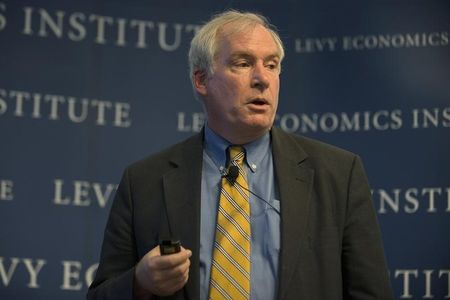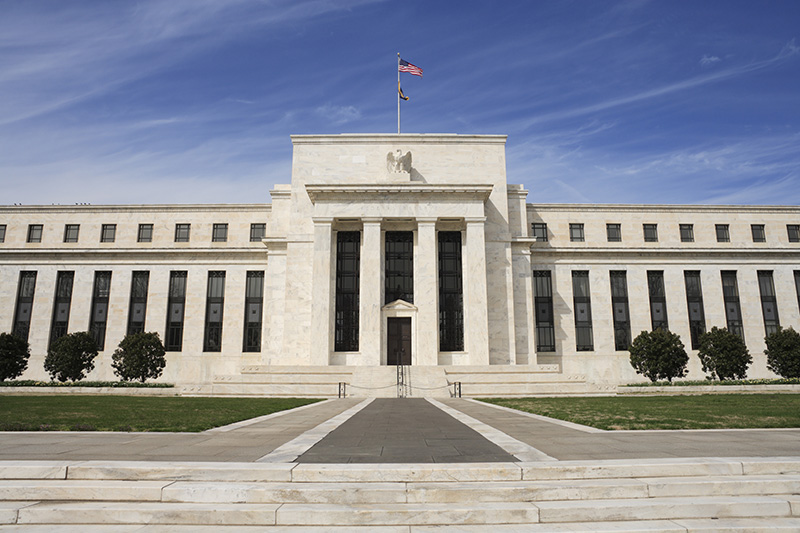By Jonathan Spicer BOSTON (Reuters) - The recent volatility in financial markets reinforces the need for the Federal Reserve to be patient with its policy stimulus and to clearly tie an eventual interest-rate rise to improving economic conditions, a top Fed policymaker told Reuters.
Boston Fed President Eric Rosengren said that while it would take a few more weeks to understand the real economic fallout from the market selloff, he could "easily imagine" a scenario in which the U.S. central bank keeps rates near zero until 2016.
The sharp week-long drop in global stocks and bond yields abated on Friday, though investors remained on edge over increasing signs of a stumbling European economy and weakness in China and Japan. Amid the financial turmoil, futures traders placed bets on a later Fed rate hike toward the end of 2015.
"Patient monetary policy probably makes sense," Rosengren, a dovish Fed official, said in an interview over the weekend. "Certainly the events of the last couple of weeks probably give some credence to thinking about being patient as well as trying to process some of the movements we're seeing."
The key, he said, will be identifying any weakness in broader U.S. inflation and workers' wages, and not simply reacting to turbulence in markets like inflation-protected Treasuries, known as the TIPS breakeven rate.
Rosengren predicted the U.S. unemployment rate will fall to around 5.25 percent, from 5.9 percent now, by about the middle of 2016. He repeated that a rate rise should come about a year before that "natural" level of joblessness is reached, assuming inflation had risen to near a 2-percent target.
"If it starts looking like what we're seeing in financial markets is reflective of more underlying, real trends then there is reason for being more patient (on policy). I don't think we have that evidence today," Rosengren said on the sidelines of a Boston Fed conference on economic inequality.
Fed officials meet Oct. 28-29 to decide whether to shelve a stimulative bond-buying program as planned, and what language to use to telegraph when they will raise borrowing costs. The Fed currently says it will wait a "considerable time," though Rosengren and others want a more data- and less date-dependent policy statement.
The shifting predictions on the timing of the policy tightening and the sharp market rebound on Friday "just reflects the reason why we should be data-dependent," said Rosengren, who does not have a rotating vote on Fed policy until 2016.
Citing weaker food and energy prices, the policymaker predicted lower U.S. inflation over the next couple of quarters. He sees a bit less than 3 percent gross domestic product growth in the second half of this year.
Turning to the mechanics of raising rates after six years or more near zero and trillions of dollars of bond purchases, Rosengren said the Fed could make yet more adjustments to its new overnight reverse repurchase facility, known as ON RRP.
The facility is meant to mop up excess reserves in money markets when the time comes to tighten policy. Last month, the Fed capped overall lending to the facility at $300 billion. But on the last day of the third quarter, Sept. 30, bidding was intense and the Fed awarded the RRPs at an interest rate of zero rather than 0.05 percent the previous days, raising concerns in the market the limit may have to be raised.

"We should be flexible about what makes sense," Rosengren said. "So as we get closer to (rates) liftoff ... we'll have to see how the program works and we should make adjustments if it's not working as we hoped."
(Reporting by Jonathan Spicer; Editing by James Dalgleish)
